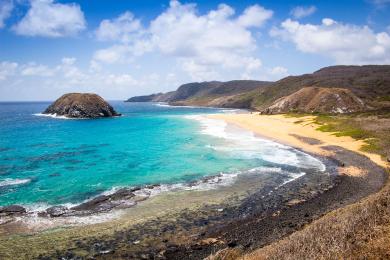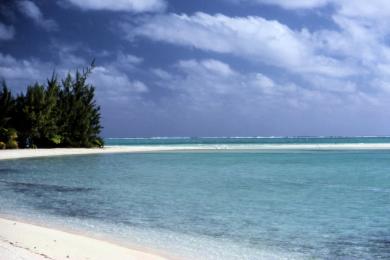Overview
Lemon sharks are characterized by their yellowish grey to brown coloration, which gives them their name. They have a stocky build with a broad, rounded snout and large, prominent eyes. Lemon sharks are distinguished from other similar species, such as the bull shark, by their slenderer body shape and the presence of a distinct ridge running along their back.
Commonly found in:
- Bahamas
- Belize
- Cuba
- Dominican Republic
- United States
- Honduras
- Jamaica
- Mexico
- Nicaragua
- Panama
- Puerto Rico
- Turks and Caicos
- United States Virgin Islands
- Venezuela
Over the past 91 years, there have been 43 recorded attacks by lemon sharks. Of these attacks, they have occurred at sea and at the following beaches:
Size and Weight
- Size: Males average between 8-10 feet when mature; females average between 9-11 feet when mature
- Weight: Males typically weigh 200-250 pounds; females typically weigh 250-300 pounds
- Swimming speed: Both sexes can reach speeds of 20-25 mph
Interaction with Humans
- Interaction with Humans: Generally non-aggressive, but may bite if provoked
- Avoidance: Stay out of shallow coastal waters and estuaries
- Activity: Most active at night, dawn, and dusk
Lifespan and Diet
- Lifespan: Males generally live 25-30 years; females generally live 30-35 years
- Diet: Fish, rays, crustaceans; hunts by stalking and ambushing prey in shallow waters
Migratory Patterns
Lemon sharks exhibit limited migratory patterns. They typically remain in coastal areas near their birthplaces, moving between shallow waters and deeper offshore regions seasonally. In the Bahamas, they migrate to warmer waters during winter months. Some populations in the Gulf of Mexico move northward along the coast during summer and return south in winter. However, these migrations are generally short-distance and do not involve crossing vast ocean expanses or moving between countries.






